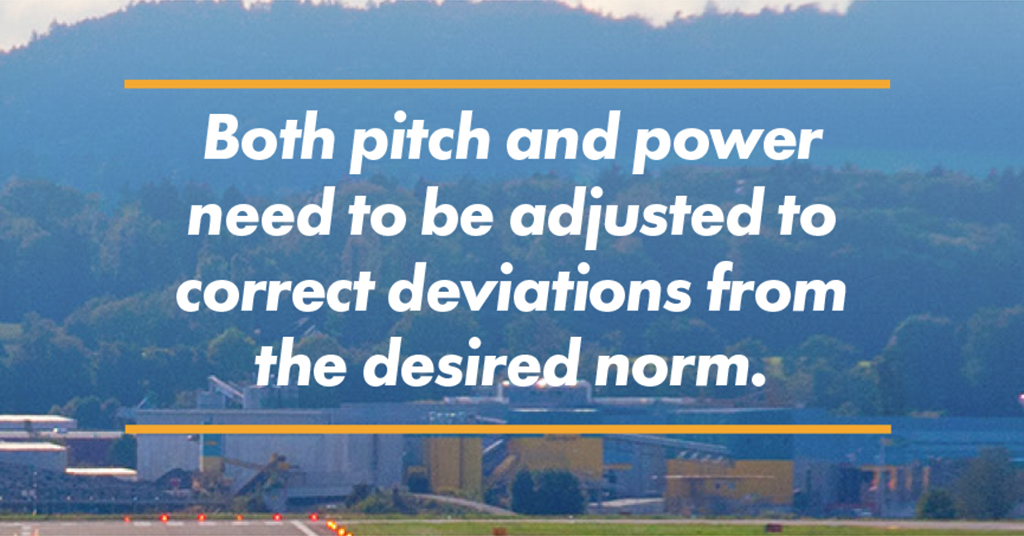The problem with landing an airplane is that there are so many variables. New, and even experienced pilots, have difficulty applying what they have learned from one landing to the next because each landing feels like a new experience.
A pilot breaks down an instrument approach into segments in order to manage the workload. A pilot landing an airplane should do the same in order to focus on what needs to be done in each of the resultant segments.
The goal of the approach segment of the landing process is to arrive over the threshold at the right altitude, airspeed, power setting, configuration and alignment, ready to begin the round-out and flare. The approach must be stabilized throughout its duration. A stabilized approach means the pitch attitude, airspeed, and power settings are all correct and constant. If at any time during the landing process, the approach or flair becomes unstable, a
go-around should be initiated.
Bad landings are often caused by focusing too much on the airspeed indicator and making inappropriately large pitch changes based upon that airspeed focus. It is critical to understand the relationship between pitch, power and performance. The key is to establish and maintain the normal descent sight picture. By doing this and using the proper power setting, you will avoid the roller coaster effect of overcontrolling and will find the airspeed is maintained right where it needs to be.
The round-out and flare normally begin when crossing the threshold. Once again, the key is to establish the proper outside sight picture and to maintain that attitude until touchdown. That sight picture is normally with the nose on the horizon, or in other words, the normal climb attitude. Smoothly reducing the power to idle while holding that sight picture should result in a smooth touchdown on the main wheels with minimal adjustments to pitch
and power.
The rollout is continued by holding the nose off the ground until the airplane slows enough for the nosewheel to gently touch down. It’s also important that any crosswind correction be held throughout the rollout.
During the landing process, minor corrections will need to be made. Again, it is all about pitch and power. Both pitch and power need to be adjusted to correct deviations from the desired norm. Minor deviations, especially during the flare, must be done by making small changes to the desired flare sight picture and the needed power setting. Above all, avoid overcontrolling, which is the enemy of the landing process.
Another important factor is the need to understand where our eyes should be looking during the landing process. During the approach, we need to be paying attention to the aim point (but not locked on) to determine where we will touchdown in relation to the aim point, so that we can make the needed adjustments. Then, as we approach the runway threshold and begin the flare, we need to transition our view further down the runway so we can get a proper sense of our rate of descent, much as a parachute jumper looks towards the horizon to gauge when he needs to be ready to “touchdown.” As the nose is raised in the flair, we need to adjust our vision to the bottom corner of the windscreen to make sure we are maintaining runway alignment. Many pilots touch down too flat and, consequently, too fast because they do not want to lose sight of the runway over the nose. Thus, they never raise the nose high enough for a proper touchdown on the main
gear. As a result, they fly the airplane onto the runway rather than land it on the runway.
Learning how to employ the above guidelines will make the landing process less stressful and consistently easier to accomplish a smooth landing.










